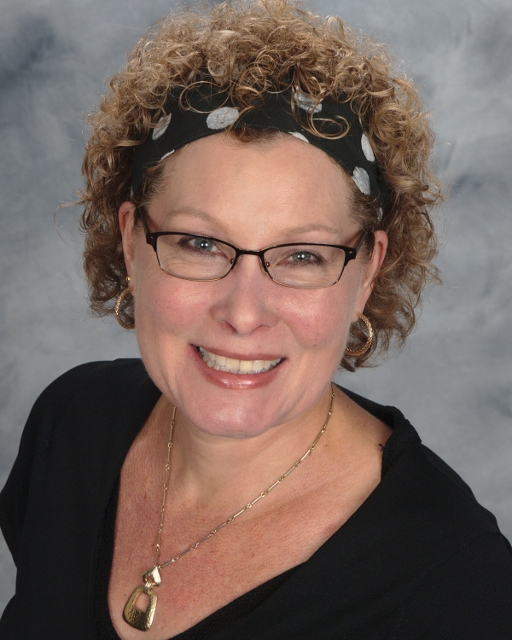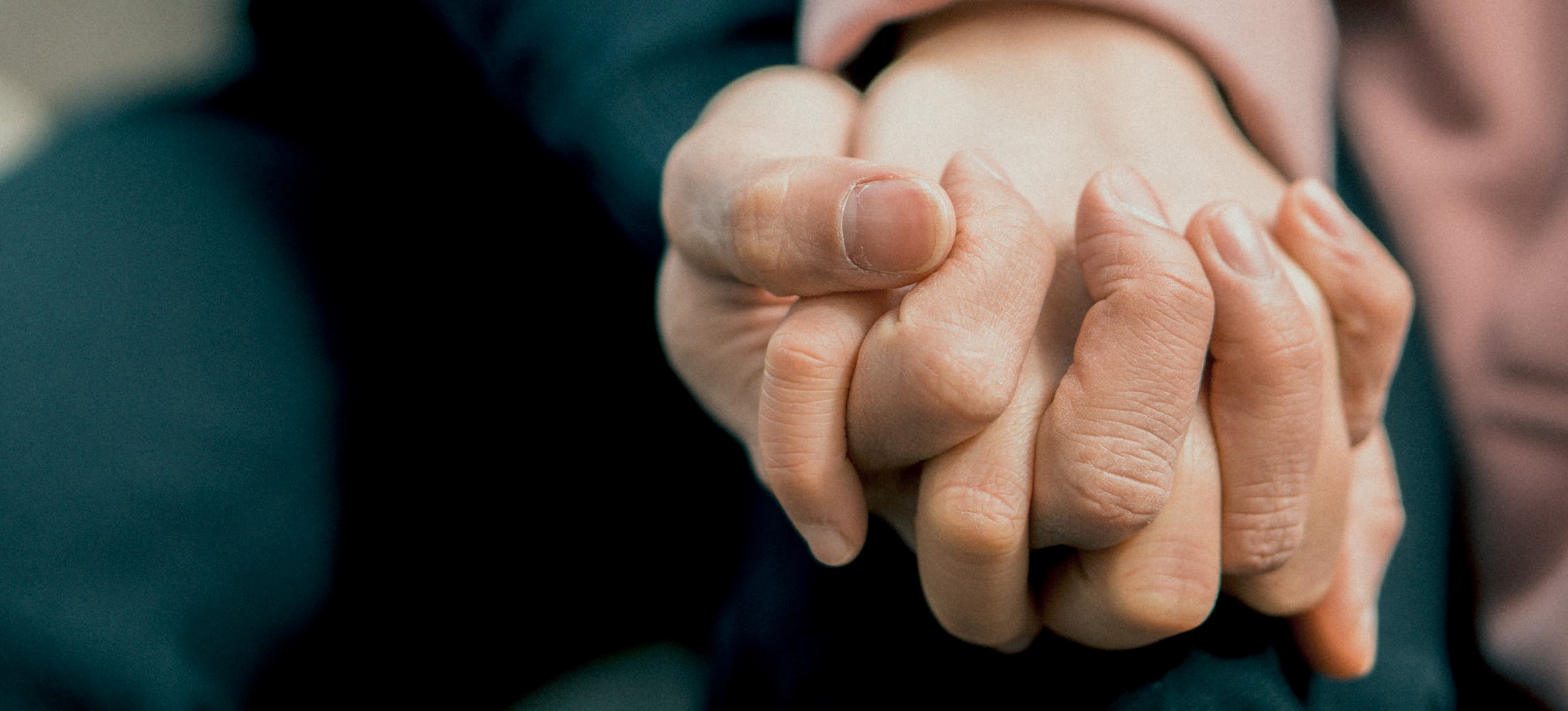MSU social scientist helping to connect young people living with HIV to care
January 17, 2020 - Liz Schondelmayer
According to the Centers for Disease Control and Prevention, only around one-half of HIV-positive individuals aged 12-24 actually know their status. Of those who do, almost 40% are not able to receive care within the first month of receiving their diagnosis.
 However, thanks to Michigan State University psychology professor Dr. Robin Lin Miller (pictured left) and an interdisciplinary team of experts, that is going to change.
However, thanks to Michigan State University psychology professor Dr. Robin Lin Miller (pictured left) and an interdisciplinary team of experts, that is going to change.
Dr. Miller, together with the Adolescent Medicine Trials Network for HIV/AIDS Interventions, has developed the SMILE program, which streamlines the process of connecting young people to care. This diverse team of experts includes physicians, nurses, public health specialists and others for a multi-faceted, interdisciplinary approach. The program combines one-on-one assistance with meaningful policy change, so that young people newly diagnosed with HIV can get the treatment they need quickly.
Barriers to treatment among a vulnerable population
As stated above, many young people living with HIV are unaware of their status, and many who are face structural barriers that keep them from receiving timely care.
“In the U.S., disparities in timely access to care are often age-related,” explains Dr. Miller. “Youth are the least likely to know their HIV status. When they do know, youth-friendly care is too hard to find. Our communities are often not designed to support an HIV-positive youth to start and stay in care.”
According to Dr. Miller, some of these structural barriers include a lack of financial independence, stable housing or access to reliable transportation. The stigma of the illness itself also keeps young people from seeking and staying in care, especially for gender and sexual minorities who face additional stigma-related barriers.
Despite these challenges, Dr. Miller notes that connecting young people living with HIV to care in a timely manner is imperative for maintaining their health, while also ensuring the virus isn’t further transmitted.
Taking HIV medications as prescribed can help individuals suppress the virus to the point it is undetectable and nearly untransmittable. “HIV treatment is among the best means we have of HIV prevention,” Dr. Miller says.
Introducing help, removing barriers
Dr. Miller and her team approached this issue from two angles at once: by introducing new hospital staff to work one-on-one with young people, while simultaneously working to change policies and practices at the local level that make it harder for young people to access care and treatment.
First, the team worked with 8 hospitals in different U.S. cities, including Washington, D.C., Los Angeles and Chicago, to appoint a full-time youth linkage-to-care coordinator. The coordinators’ role is straightforward: to work with testing facilities, identify newly-identified HIV-positive youth in need and connect them to care within their community, while assisting with everything from paperwork to transportation to moral support.
The research team also worked with community activists, youth service providers and local governments to change policies and eliminate structural barriers to care. These changes included increasing access to transportation and removing a proof-of-income requirement to enroll in federal health benefits for people living with HIV.
Creating a hopeful path forward
Dr. Miller, who has spent her 33-year career working to improve access to HIV prevention, testing and treatment, especially among sexual minorities, is hopeful about the study’s results.
“We can see that these interventions have made an enormous difference in young people's timely access to care,” she says. “We are especially excited that the vast majority of the youth successfully linked to care through this initiative are those who oftentimes have the hardest time accessing care and treatment, including young black men and young gay and bisexual men.”
Dr. Miller isn’t the only one hopeful about this intervention. Due to the promising results of this research, her team’s strategy was even included in the International AIDS Society’s 2018 toolkit on ending the global HIV epidemic.


